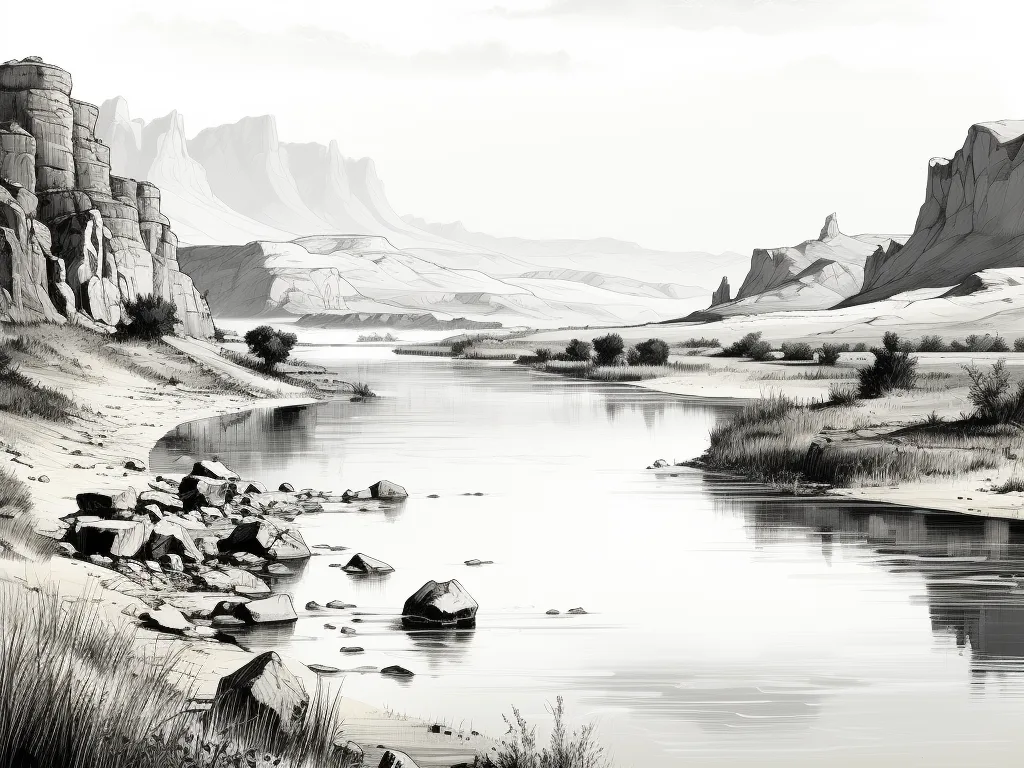Jonathan Trumbull Warner was born on November 20, 1807 in Lynn, Connecticut. He could brag of an impressive patriotic heritage. The Warner clan first arrived in the New World when John Warner of Hatfield, Glochestershire, England, landed in Cambridge, Massachusetts in 1630. Jonathan Warner’s maternal grandfather was Revolutionary War officer Colonel Samuel Seldon, who led a group of Connecticut Militia at the Battle of Bunker Hill. Morrison R. Waite, Chief Justice of the U.S. Supreme Court from 1874 – 1888 was a distant relative. Warner was named after Jonathan Trumbull Sr., sixteenth Governor of Connecticut from 1769 to 1784 or Jonathan Trumbull Jr., twentieth Governor of Connecticut from 1797 to 1809. One or the other or both.
Warner’s six-foot, three-inch frame belied his fragile health. Like Elgin Knott, it was recommended that Warner move to a milder climate. On October 5, 1830 he first moved to New York City. Then, like thousands of other adventurous and ambitious young American males, he was caught in the whirlwind blowing west, landing in St. Louis, Missouri in November. Located 19 miles south of the confluence of the Missouri River into the “Mighty Mississippi,” St. Louis was the “Gateway to the West.” The West, constantly moving closer to the Pacific Ocean, was always considered the undeveloped land of opportunity. In 1830 the opportunity was the fur of a rodent worked into a felt popular for hat making in the United States and Europe. That rodent, the beaver, was abundant in the rivers of the West, many of them tributaries of the Missouri. The beaver pelts were floated down the Missouri to St. Louis, then down the Mississippi to New Orleans and the world. The world reciprocated by sending manufactured goods up the Mississippi to St. Louis, much of it headed west up the Missouri for trade with the Indians.
Eighteen-thirty was a momentous year, not only for Jonathan Warner, but also for St. Louis. Jedediah Strong Smith and his partners, David Edward Jackson and William Lewis Sublette, all experienced mountain men, with Smith the most famous of all, arrived in St. Louis a few days before Warner. Not only were the amount and value of their beaver pelts impressive, but also the wagons that carried them. Their wagon train was the first ever to arrive in St. Louis from the Rocky Mountains! Warner saw his opportunity and his man.
JEDEDIAH SMITH, THE PRAYING TRAPPER
In Warner’s own words from, Reminiscences of Early California from 1831 to 1846, “Partly from the novelty of going to the mountains, and partly from the hope of further improvement in health I sought for this purpose an interview with Mr. Smith. Instead of finding a leather stocking I met a well-bred, intelligent and Christian gentleman, who repressed my youthful ardor and fancied pleasures for the life of a trapper and mountaineer by informing me that if I went into the Rocky Mountains the chances were much greater in favor of meeting death than of finding a restoration to health, and that if I escaped the former and secured the latter, the probabilities were that I would be ruined for anything else in life than such things as would be agreeable to the passions of a semi-savage.”
Apparently, Warner had no problem with the “passions of a semi-savage.” On March, 1831 he was hired by Smith to join him on a trading expedition to Santa Fe, New Mexico. The expedition left St. Louis in early April, traveling the two-hundred and forty miles west to Independence, Missouri, where they picked up supplies and made final preparations. On May 4th they broke camp and positioned their mules and wagons squarely on the Santa Fe Trail, the primary route for the last ten years between Independence and Santa Fe. The expedition consisted of eighty-five men and twenty-three wagons, one with a small field piece mounted on the hind axle. The party arrived in Santa Fe, appropriately enough, on July 4, 1831, after two months of travel, covering seven-hundred and sixty-five miles. The only confirmed casualty of the expedition was a Mr. Merton, who, while hunting antelope with Jonathan Warner on May 19th, was attacked and savagely butchered by twelve mounted Pawnee warriors. Of more concern was the whereabouts of Jedediah Smith.
Wondering about the whereabouts of Jedediah Smith was nothing new. Approximately five years earlier, while his partners Jackson and Sublette led beaver trapping parties north to the Snake River, Smith, on August 16, 1826, led a party of fourteen men southwest of the Great Salt Lake, trapping beaver in territory unseen by white men with their deadly iron traps. With the Great Salt Lake behind them, they continued south past Utah Lake, then the Sevier River, then followed the Virgin River further south until it flowed into the Colorado River.
The rivers didn’t provide the motherload of pelts hoped for. The land was desolate, sandy and rocky, sprinkled with sagebrush and junipers. Between rivers water and grass were one day’s journey, if lucky, three days’ if not. The weather was unrelenting “hot.” Food supplies were running low and game was scarce. They occasionally found an antelope, mountain sheep or most commonly black-tailed jackrabbits, better than nothing, but barely enough to feed fifteen starving men. One-half of their horses were dead, probably some providing a meal, not desired, but necessary. The men were living skeletons, thankful for the last step, not sure about the next. Indians on the war path who might find them easy prey were unseen, so were friendly Indians who might be able to help. Their fate seemed sealed and dire.
Continued in Episode 5: THE GRIZZLY RIPPED OPEN SMITH’S FOREHEAD.

